
 |
|
|
Nursery & Forest
Volume 58 Number 16 Date 08/22/2013 OAK GALLS - Nursery inspections in the past week found an assortment of galls on oak, including gouty oak gall, oak cynipid galls, woolly leaf galls and vein pocket galls. Galls are abnormal outgrowths of plant tissue caused by insects, fungi, bacteria, nematodes or mites. These growths may develop on any plant part, but most commonly occur on the branches and leaves. Chemical treatment should be timed to control the adult stage, if justified. Pruning and destroying infested plant parts are the preferred control methods. COMPACTED ROOTS - Many Frasier fir transplants on a Marathon County Christmas tree farm were exhibiting yellowed needles and wilted branches, symptoms attributed to compacted roots and poorly developed root systems. The owner of the farm contacted DATCP after noticing the firs he transplanted this spring had begun to wilt and die. Close examination of the affected plants revealed severely compacted roots and moisture stress exacerbated by dry conditions in the last two months. Christmas tree growers are advised to grade or assess newly purchased transplants according to root quality, and plant trees with sparse or tightly compacted roots in the edge rows of fields where development problems will be evident early on. TWO-MARKED TREEHOPPER - Adults and nymphs were noted on hoptree in Dodge County earlier this week. This distinctive insect with two yellow spots and a thorn-like dorsal projection injures trees by extracting sap from leaves and young shoots, while the female adults can damage twigs by depositing eggs into small slits made by their ovipositors. After the eggs hatch, the slits remain evident as scars for several years. Although these insects may be abundant in some years, their feeding habits usually do not cause serious damage. EMERALD ASH BORER - This destructive ash pest was detected on August 13 in Superior in Douglas County, more than 200 miles north of any previous infestation. Superior is the northernmost location in Wisconsin to date and indicates the infestation is the result of human-assisted transport of larvae in infested ash firewood, logs, lumber or nursery stock. Emerald ash borer was also found in Winnebago County on August 6, Dodge County on August 1, Fond du Lac County on July 29, Sauk County on July 11, and now occurs in 20 Wisconsin counties. The list of EAB-infested counties is as follows: Brown, Crawford, Dodge, Douglas, Fond du Lac, Jefferson, Kenosha, La Crosse, Milwaukee, Ozaukee, Racine, Rock, Sauk, Sheboygan, Trempealeau, Vernon, Walworth, Washington, Waukesha and Winnebago. ASH PLANT BUG - The stippled leaves and premature leaf drop affecting ash trees in north-central Wisconsin last month was attributed to the ash plant bug, a very common pest of ash shade and nursery trees. Damage caused by this insect is an aesthetic problem and poses no threat to the health of ornamental ash trees. -- Konnie Jerabek and Marcia Wensing, DATCP Nursery Inspectors 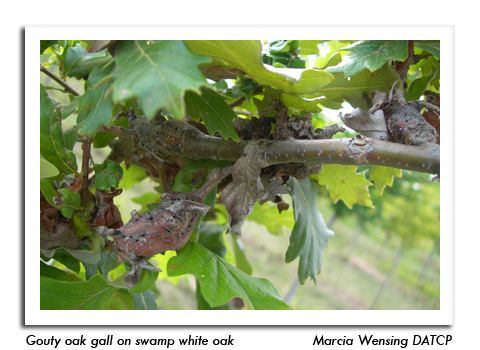
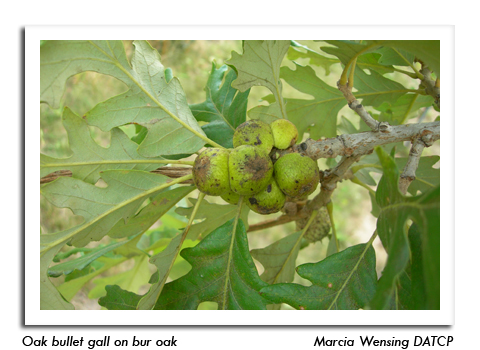

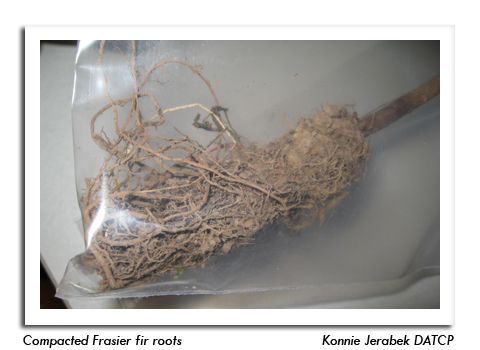
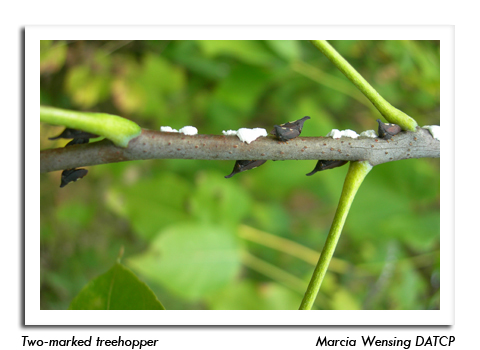
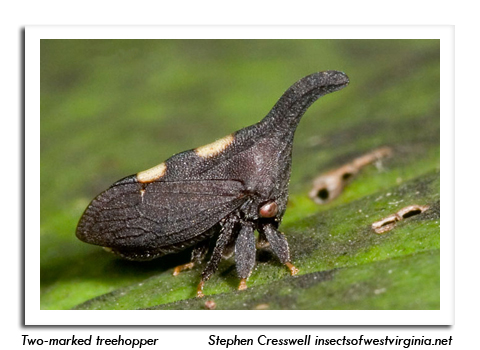
|
|
|